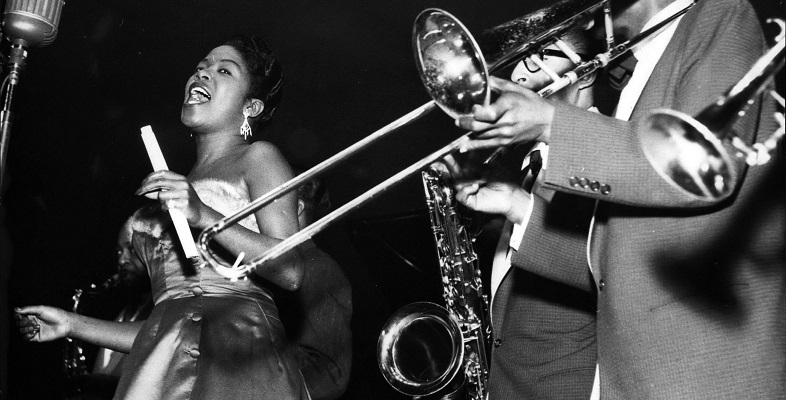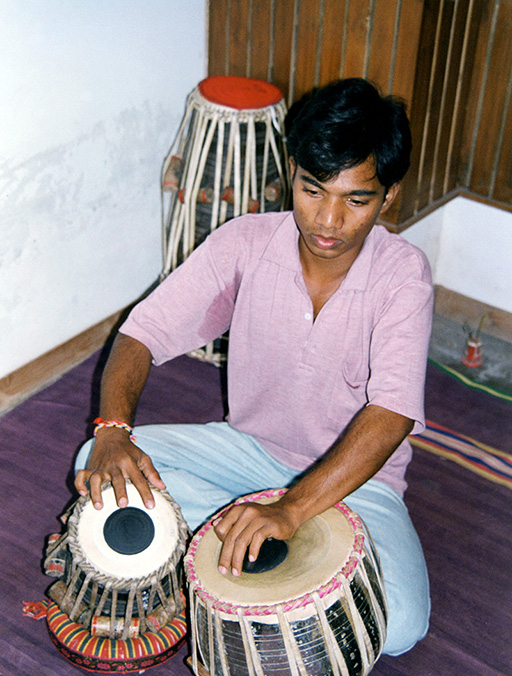5 Song in Hindustani classical vocal music
Song takes many forms and is incorporated within many others, including in certain genres of Hindustani classical vocal music, a tradition that has emerged over centuries in the northern part of South Asia. Song plays a central role in Hindustani classical music, although it may comprise relatively little of what a singer actually sings in the course of performance.
This may seem confusing initially – what else, other than song, would a singer sing? Well, in many performances of Hindustani classical vocal music, singers spend part or most of the time improvising rather than singing a pre-existing song. Improvising might be understood as making up music in the course of performance, typically within the constraints of a particular tradition. Rather than a set text, an improvising singer may sing a variety of abstract syllables.
A note on diacritics and pronunciation
A number of diacritics (special marks above or below letters) are used when presenting musical terms from Hindustani classical music. A line over an ‘a’, as in ‘khayāl’, indicates that the vowel is to be pronounced as in the English word ‘father’. A line over a ‘u’ or over an ‘i’, as in ‘tanpūra’ or ‘sthāyī’, respectively, indicates that the vowel is given a longer duration. A mark over an ‘s’, as in ‘bandiś’, indicates that the letter is to be pronounced as ‘sh’.
Note that when this course quotes from an external source, that source’s preferred way of representing the sounds of the language is maintained. For example, some sources use ‘aa’ instead of ‘ā’.
There are several genres or styles of Hindustani classical vocal music, including dhrupad, khayāl, and thumrii; this course will focus on khayāl. A performance of khayāl begins with a section called the ālāp, in which the singer improvises in a rhythmically free style, accompanied by sustained tones played on an instrument called the tanpūrā (Bor, 1999, p. 5). Occasionally, another instrument such as a harmonium (a kind of keyboard instrument that produces sound with the help of a bellows in the manner of an accordion), shadows what the singer performs, playing something the same as or very similar to what is sung.
After the improvised opening, the singer launches into a new section featuring the bandiś, a previously composed song, (Rao and van der Meer, 2013). The shift to this new part of the form is recognisable in two ways. First, the singer begins to sing words rather than vocables. Second, the singer is joined by a percussionist. In khayāl, the percussionist plays a pair of bowl-shaped drums called a tablā (see Figure 5). The percussionist helps establish a strictly regulated rhythmic pattern for the remainder of the performance.
The presentation of the bandiś is often complemented by further episodes of improvisation. As this suggests, in Hindustani classical vocal music, the song per se only makes up part of the singing. It is the repeatable element of the performance: an existing composition with a set of words and a melody, reused in similar ways from performance to performance. The improvisation is the changeable element of the performance and may be substantially new each time.

